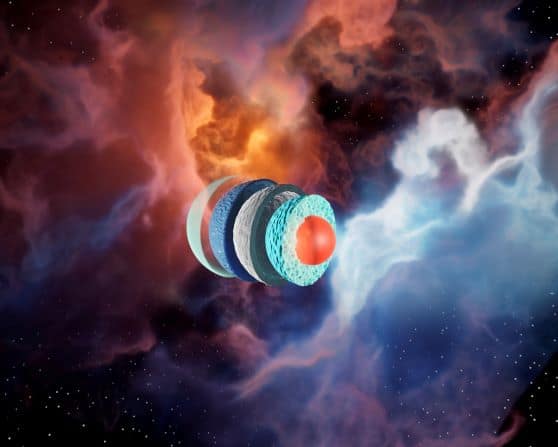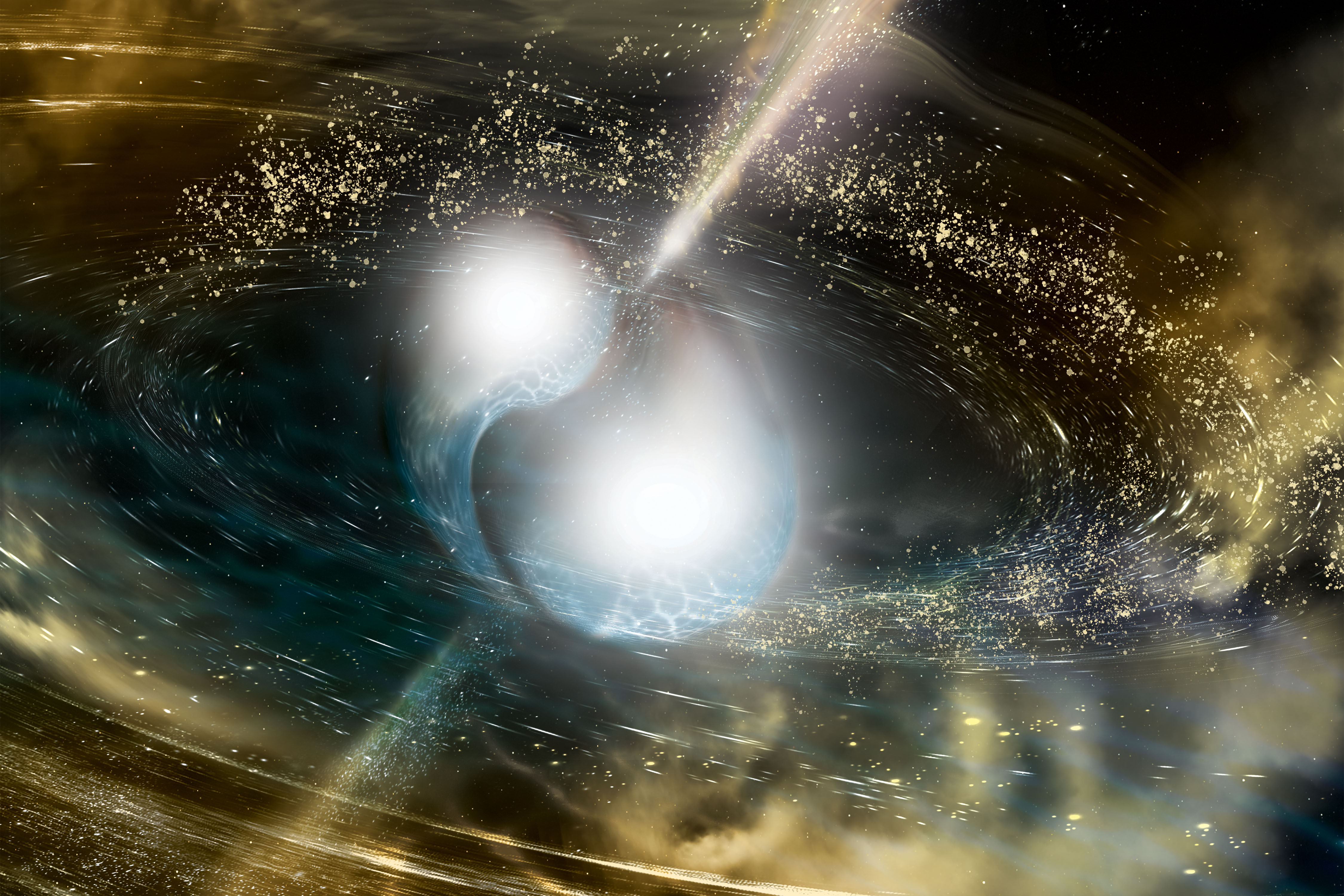

A neutron star may also be the smaller of the two components in an X-ray binary star. Click the link for more information. are periodic sources of radio frequency, X ray, or gamma ray radiation that fluctuate in intensity and are considered to be rotating neutron stars.

The study of pulsars began when Antony Hewish and his students at Cambridge built a primitive radio telescope to study a In astronomy, a neutron star that emits brief, sharp pulses of energy instead of the steady radiation associated with other natural sources. There is observational evidence of the existence of several classes of neutron stars: pulsars pulsar, Click the link for more information. because the density everywhere except in the outer shell is as high as the density in the nuclei of ordinary matter. The Nature of the NucleusĪtomic nuclei are composed of two types of particles, protons and neutrons, which are collectively known as nucleons. In physics, the extremely dense central core of an atom. The neutron star resembles a single giant nucleus nucleus, The outer gaseous atmosphere is probably only a few feet thick. The fluid is encased in a rigid crystalline crust a mile or two thick. Click the link for more information. squeezed in close contact.

The stable isotopes of all elements except hydrogen and helium contain a number of neutrons equal to or greater than the number of protons. It was discovered by James Chadwick in 1932. Uncharged elementary particle of slightly greater mass than the proton. Surrounding the core is a fluid composed primarily of neutrons neutron, Click the link for more information.) there are no stable atoms or nuclei because these cannot survive the extreme conditions of pressure and temperature. The atom in turn is made from the proton, neutron, and electron. Molecules are built up from the atom, which is the basic unit of any chemical element. The most basic physical constituents of the universe. The central core of a neutron star is composed of neutrons or possibly a quark-gluon plasma (see elementary particles elementary particles, Click the link for more information. predicted the existence of neutron stars in 1933. Associated with the California Institute of Technology after his arrival in the United States in 1925, he became professor of astrophysics in 1942 and emeritus professor in 1972. , 1898–1974, Swiss-American astrophysicist, b. Click the link for more information. and Zwicky Zwicky, Fritz From 1919 to 1931 he was on the staff of the Hamburg observatory from 1931 to 1958, at the Mt. , 1893–1960, German-born American astronomer. Life history of a star, beginning with its condensation out of the interstellar gas (see interstellar matter) and ending, sometimes catastrophically, when the star has exhausted its nuclear fuel or can no longer adjust itself to a stable configuration. Neutron star, extremely small, extremely dense star, with as much as double the sun's mass but only a few miles in radius, in the final stage of stellar evolution stellar evolution,


 0 kommentar(er)
0 kommentar(er)
